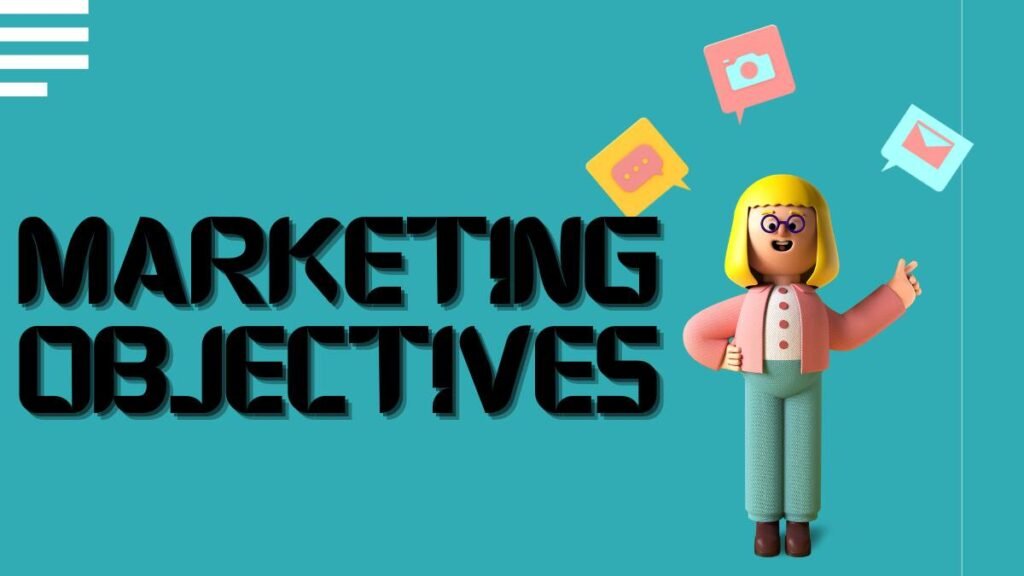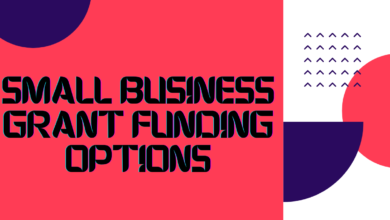Marketing Strategy Frameworks: Amazing Tips and Tricks

Marketing strategy frameworks are the backbone of successful business campaigns, guiding efforts and resources toward achieving specific goals. Effective help businesses navigate complex markets and stay ahead of the competition. In this guide, we will explore various, including digital plan templates, business growth strategies, market segmentation techniques, and customer journey mapping.
Understanding Marketing Strategy Frameworks
Are structured approaches that businesses use to plan and execute their marketing efforts. These frameworks provide a blueprint for making strategic decisions, setting goals, and measuring success. They help organizations align their marketing activities with their overall business objectives. There are several types of f, each designed to address different aspects of marketing. From digital models to comprehensive marketing plans, understanding these is crucial for developing a robust .
Digital Marketing Models
Digital marketing models are essential for navigating the online landscape and engaging with audiences effectively. These models provide a structured approach to digital marketing, helping businesses optimize their online presence and drive results.
The AIDA Model
The AIDA model represents Consideration, Interest, Want, and Activity. It frames the stages a client goes through prior to pursuing a buy choice. By understanding this model, marketers can create campaigns that capture attention, generate interest, build desire, and drive action.
The RACE Framework
The RACE framework (Reach, Act, Convert, Engage) focuses on the customer journey and outlines the key stages of interaction with a brand. It emphasizes reaching the audience, encouraging actions, converting leads into customers, and engaging with them post-purchase. Choosing the right digital marketing model depends on your business goals and target audience. Each model offers unique advantages and can be tailored to suit different marketing objectives.
Marketing Plan Templates
A marketing plan template serves as a guide for creating a comprehensive marketing strategy. It ensures that all critical components are covered and helps streamline the planning process.
Executive Summary: Marketing Strategy Frameworks
This section provides an overview of the marketing plan, including key objectives, strategies, and expected outcomes. It sets the stage for the detailed plan that follows.
Must Visit: Flex Frost
Market Research
Conducting thorough market research is essential for understanding your industry, competitors, and target audience. This section includes data analysis and insights that inform your marketing strategy.
Target Audience
Identifying and defining your target audience helps tailor your marketing efforts to meet their needs and preferences. This section includes demographic, geographic, psychographic, and behavioral details.
Marketing Objectives

Clearly defined objectives provide direction for your marketing activities and help measure success. Targets ought to be explicit, quantifiable, reachable, applicable, and time-bound (Brilliant). Budget and Resource. This section outlines the financial and human resources required to execute your marketing plan. It includes budget allocation, resource planning, and cost management strategies. Customizing your marketing plan template involves adapting it to your business needs and goals. Ensure that it reflects your unique market position and competitive landscape.
Business Growth Strategies
Business growth strategies are essential for expanding and scaling your business. They help identify opportunities for growth and guide decision-making.
Market Penetration
This methodology centers around expanding piece of the pie inside existing business sectors. It involves strategies such as improving product offerings, increasing marketing efforts, and competitive pricing.
Market Development
Market improvement includes entering new business sectors with existing items or administrations. It requires identifying new customer segments or geographic regions and tailoring marketing efforts accordingly.
Product Development: Marketing Strategy Frameworks
This strategy focuses on creating new products or services to meet changing customer needs. It involves innovation, research and development, and testing new offerings.
Diversification
It helps reduce risk and create additional revenue streams. Implementing business growth strategies requires careful planning and execution. Assess your current market position, resources, and capabilities before choosing the most suitable strategy.
Market Segmentation Techniques
Market division includes separating an expansive market into more modest, more reasonable fragments in light of explicit qualities. This approach allows businesses to target their marketing efforts more effectively and address the unique needs of different customer groups.
Demographic Segmentation
This technique segments the market based on demographic factors such as age, gender, income, education, and occupation. It helps tailor marketing messages to specific demographic groups.
Geographic Segmentation
Geographic segmentation divides the market based on geographic location, including regions, cities, and countries. It allows businesses to address regional preferences and needs.
Psychographic Segmentation: Marketing Strategy Frameworks
Psychographic segmentation focuses on psychological and lifestyle factors, such as values, interests, and personality traits. It helps create marketing messages that resonate with customers on a deeper level.
Behavioral Segmentation
Behavioral segmentation categorizes customers based on their behavior, such as purchasing habits, brand loyalty, and product usage. It helps identify and target high-value customers. Benefits of market segmentation include improved targeting, increased customer satisfaction, and more effective marketing campaigns.
Customer Journey Mapping
Customer journey mapping is a technique used to visualize and understand the customer experience from initial contact to post-purchase interactions. It helps businesses identify pain points, opportunities for improvement, and ways to enhance the overall customer experience.Identifying Customer Touchpoints: Marketing Strategy Frameworks
The most important phase in client venture planning is distinguishing all the touchpoints where clients communicate with your image. This includes online and offline interactions, such as website visits, social media engagement, and in-store experiences.
Mapping Customer Interactions
Once touchpoints are identified, map out the sequence of interactions and customer behaviors at each stage of the journey. This envisions the client experience and recognize regions for development. Analyzing Customer Feedback, Collect and analyze customer feedback to gain insights into their experiences and perceptions. Use this information to make data-driven decisions and enhance the customer journey. Using customer journey mapping can improve customer satisfaction, increase loyalty, and drive better marketing outcomes.
Integrating Frameworks Marketing Strategy

Combining various can create a cohesive and effective marketing plan. Integrate digital marketing models with business growth strategies to optimize your online presence and drive growth. Align market segmentation with customer journey mapping to target the right audience and enhance the customer experience.
Case Studies and Examples
Real-world examples of successful marketing strategies provide valuable insights and inspiration. Study case studies to learn from businesses that have effectively implemented and achieved significant results. Analyze their approaches, strategies, and outcomes to apply similar tactics to your own marketing efforts.
Conclusion
Marketing strategy frameworks are essential tools for developing and executing effective marketing plans. By understanding and utilizing digital marketing models, marketing plan templates, business growth strategies, market segmentation techniques, and customer journey mapping, businesses can create comprehensive and impactful marketing strategies. Embrace these frameworks to drive success and stay ahead in the competitive landscape.
FAQs
What are the most popular digital marketing models?
The AIDA Model and the RACE Framework are among the most popular digital marketing models. They help businesses structure their online marketing efforts and achieve better results.
How can I create an effective marketing plan template?
An effective marketing plan template includes an executive summary, market research, target audience details, marketing objectives, and a budget. Customize it to fit your business needs and goals.
What are the best business growth strategies for startups?
Market penetration, market development, product development, and diversification are effective business growth strategies for startups. Choose strategies based on your market position and growth objectives.
How do market segmentation techniques improve marketing efforts?
Market segmentation techniques allow businesses to target specific customer groups more effectively, leading to improved marketing messages, higher customer satisfaction, and better campaign results.
What is the role of customer journey mapping in marketing?
Customer journey mapping helps businesses understand the customer experience, identify pain points, and enhance interactions. It improves customer satisfaction and drives better marketing outcomes.
Read More: Artificial General Intelligence





